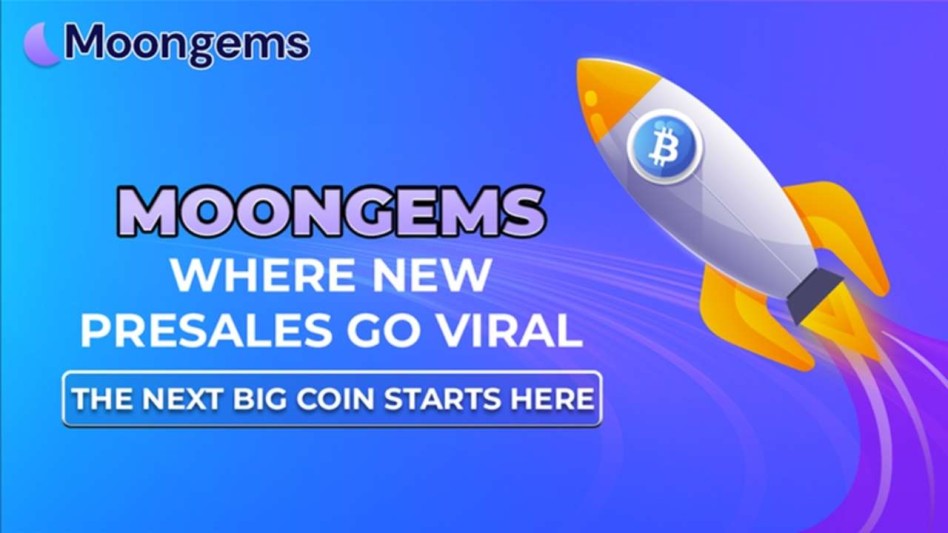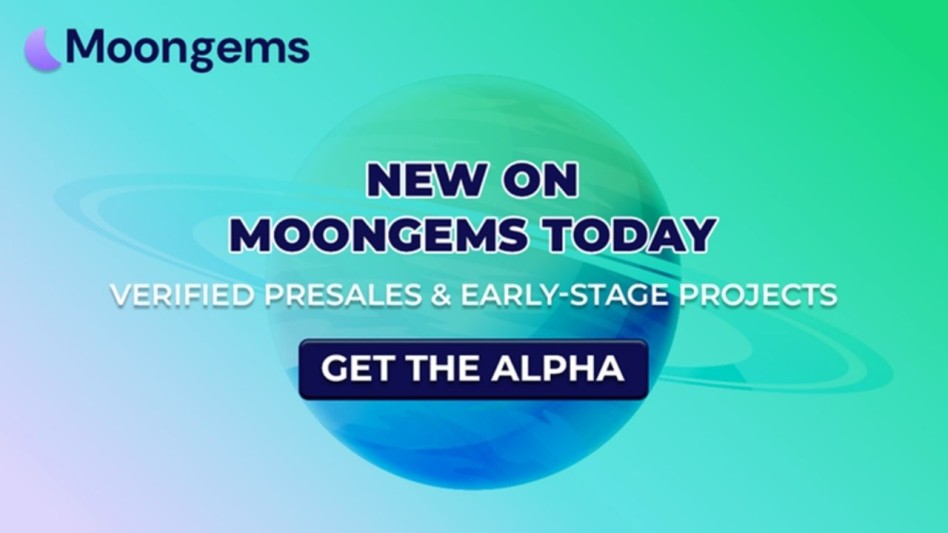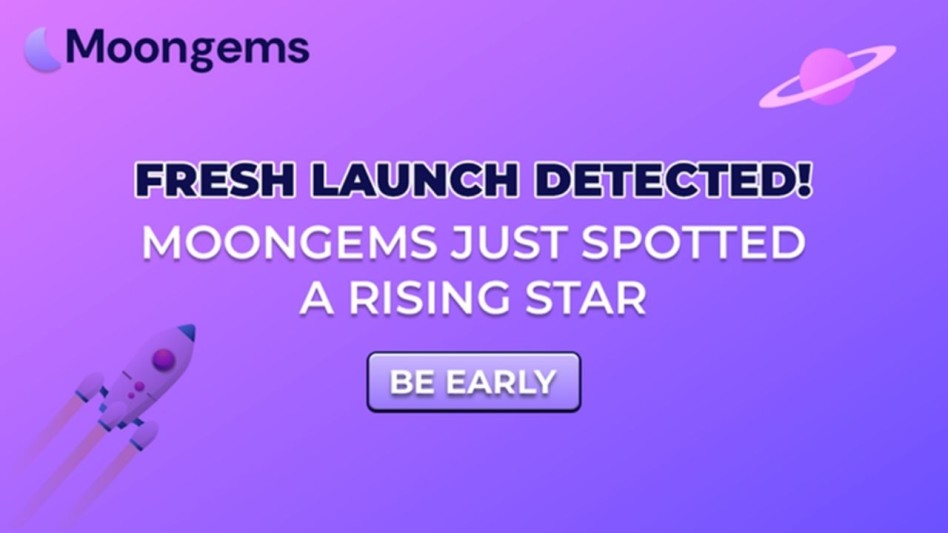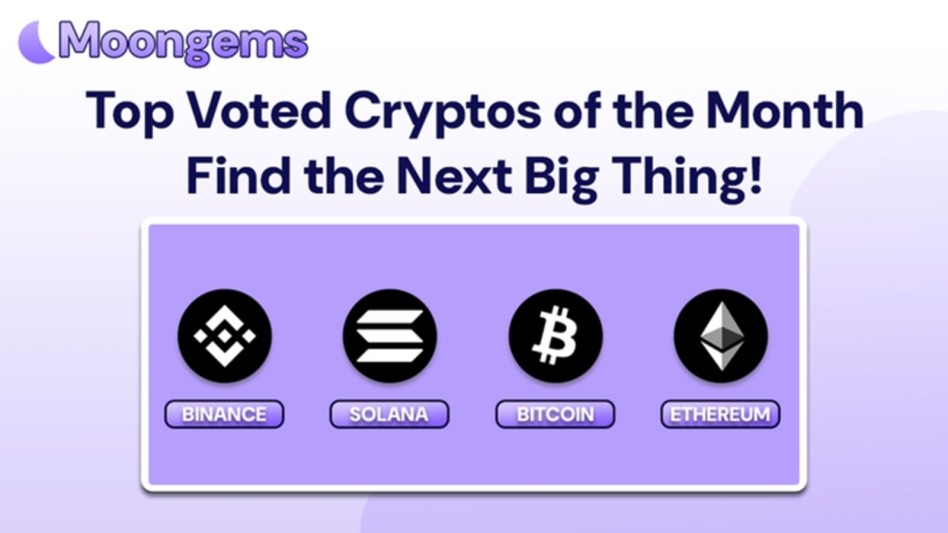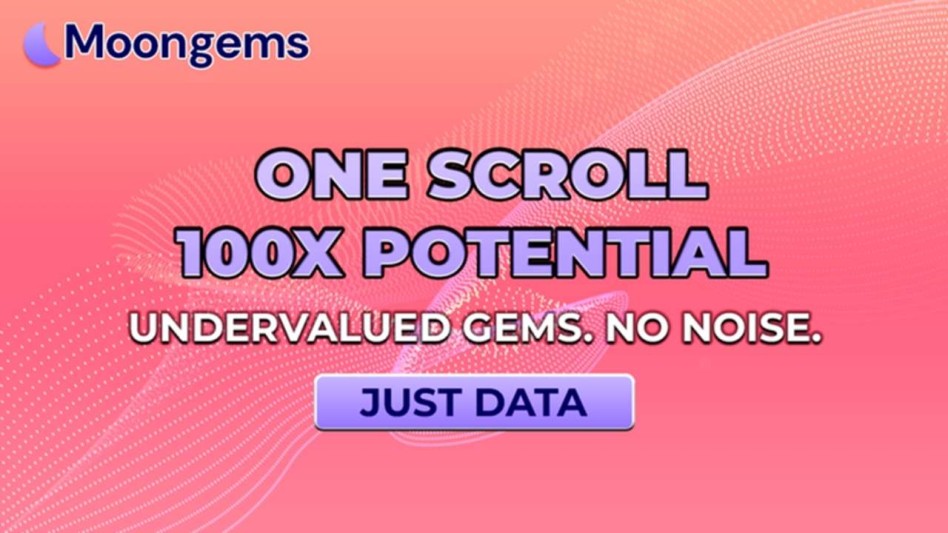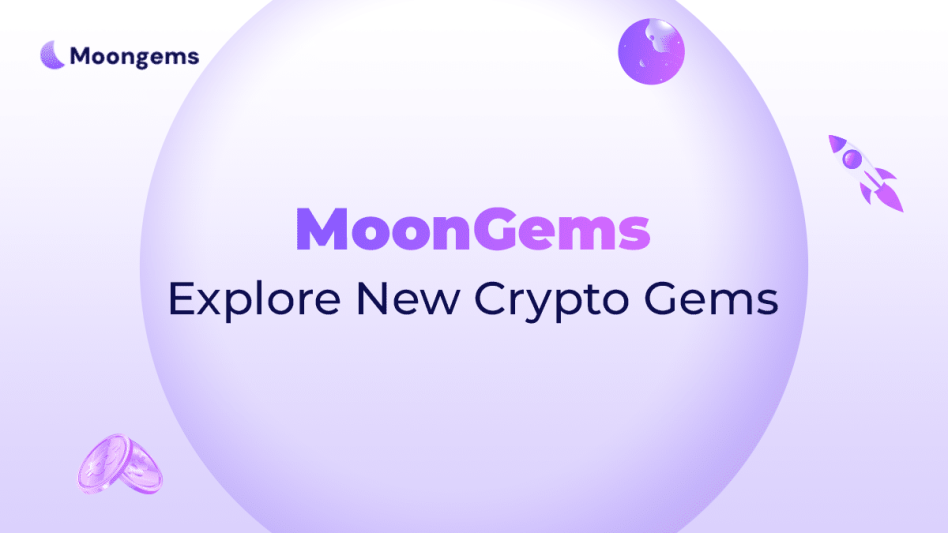Author: Jawad Hussain – Crypto Analyst & Web3 Researcher | 9+ years tracking presales, IDOs, and token launches. Follow him on X (formely known as Twitter) and LinkedIn.
In 2025, reading a crypto project’s roadmap isn’t just smart—it’s survival.
With presales emerging like mushrooms in a monsoon and liquidity-hungry retail capital, knowing how to dissect a project’s roadmap is one of the most valuable skills any investor can acquire. Whether you’re deploying $500 or $50,000, your capital is betting not just on what’s being built, but when, how, and by whom.
This guide isn’t about jargon or technical terms. It’s about what serious investors, crypto VCs, and smart early entrants look for in a roadmap to separate real builders from vapor-pitchers.
1. The Timeline Must Reflect What the Team Can Realistically Build
A crypto roadmap is only as credible as the team behind it. If a project outlines five core product launches—staking, multichain support, governance layers, and more—in under 180 days, serious investors immediately ask: Who’s building this?
Crypto VCs and angel investors typically begin by reviewing the team’s prior project history. Are they engineers with protocol experience? Have they shipped real products, open-source libraries, or smart contracts that are live on-chain? Do they have audits under their belt?
If the team’s GitHub shows no prior development, or their LinkedIn profiles highlight mostly marketing or “Web3 visionary” roles, then an aggressive timeline becomes a red flag. The best roadmaps reflect technical constraints, funding stages, and real-world throughput. Anything less is theater.
In 2025, professional investors apply a simple but effective rule: if a milestone can't be backed by visible dev activity or team capability, it's not worth trusting.
2. Milestones Must Be Clear, Specific, and Publicly Verifiable
Vague language is a roadmap killer. Words like “expansion,” “activation,” or “ecosystem growth” sound attractive in pitch decks but lack any substance when it comes to actual delivery. Professional investors want milestones to be specific, time-bound, and externally verifiable.
A well-written roadmap might say:
“Q3 2025 – Launch beta version of staking platform with Ledger support and complete audit with Hacken.”
This is measurable. The outcome is trackable. There’s a public way to verify it.
On the other hand, “Partnerships incoming” or “Community growth push” signals nothing but filler.
In presales, vague milestones allow teams to dodge accountability while extending timelines. This delays both product and utility, and often gives insiders time to dump. If a project cannot commit to naming third-party services (auditors, launchpads, DEXs) or linking public demos or testnets, investors should treat the roadmap with caution.
3. Roadmap Timing Must Align with Token Vesting and Liquidity Events
One of the most critical roadmap-read strategies in 2025 is to cross-reference the roadmap timeline with the token unlock schedule. Here’s why: if the team and early insiders unlock large chunks of tokens before key product milestones are hit, there’s a significant risk of value extraction before value delivery.
Savvy investors map out unlock events—using data from the whitepaper or tokenomics sheet—and overlay that with the roadmap’s major deliverables. If Q3 has a 20% unlock but the MVP isn’t expected until Q4, that’s misaligned. It means insiders may cash out on hype and leave buyers holding depreciating tokens.
Projects that understand this risk often push meaningful roadmap milestones ahead of major unlock cliffs. This builds momentum, drives community conviction, and supports post-listing liquidity. Those that don’t either lack foresight, or have something to hide.
4. A Balanced Roadmap Includes Technical, Community, and Governance Milestones
Too many roadmaps are tech-heavy blueprints or community marketing agendas—but rarely both. A roadmap that only shows “launch staking” and “deploy bridge” is ignoring what makes tokens sticky: user involvement and governance participation.
Balanced roadmaps include:
- Technical milestones: Testnets, audits, feature rollouts
- Community engagement: Voting portals, beta access, education layers
- Governance: DAO transition steps, treasury formation, proposal mechanisms
Why does this matter to serious investors?
Because without community and governance layers, even great tech won’t scale in crypto. Web3 tokens derive long-term value from decentralization and user agency. If a roadmap doesn't reflect that evolution—from dev-owned to community-guided—it often suggests a short-sighted approach focused only on token launch, not sustainability.
The most credible projects have structured roadmaps that sequence delivery logically: MVP, audit, community beta, token listing, DAO setup. This trajectory reflects competence, not just ambition.
5. The Most Telling Roadmaps Include Post-Launch Planning
If a roadmap ends with “TGE Q2 2025,” it’s either incomplete or deceptive. Post-launch planning is where investor trust is either won or lost. Without post-TGE goals, there’s no signal of long-term value capture, user retention, or ecosystem development.
Experienced investors look for roadmaps that stretch well beyond the token generation event, including:
- DAO implementation and proposal phases
- Cross-chain expansions
- Revenue-sharing mechanisms
- Integration with external platforms
- Community grant programs or staking evolution
The absence of these is often a sign that the team views TGE as an exit, not a beginning.
Presales in 2025 require higher scrutiny. Roadmaps must show not only where the project is going, but what it intends to sustain, govern, and improve once capital is deployed. If there’s no plan post-launch, investors should assume there’s no intention to build beyond it.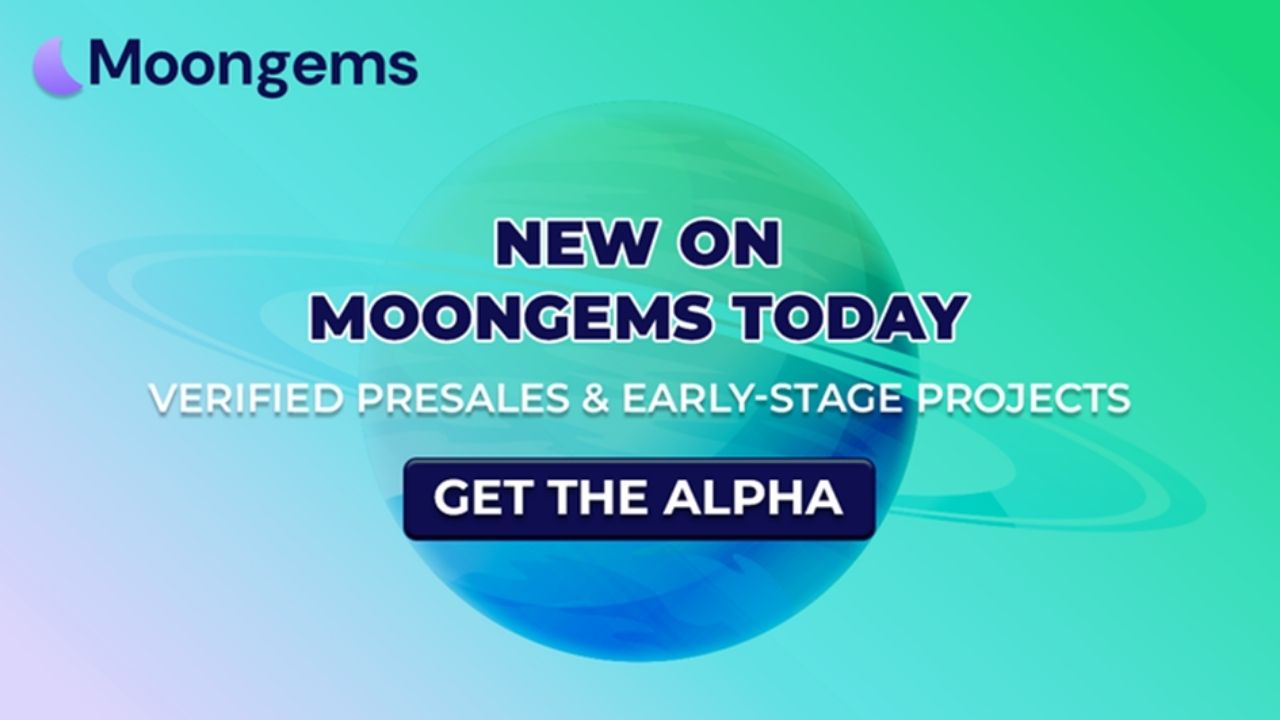
Conclusion: Don’t Just Read Roadmaps—Decode Them
In crypto, every project has a vision. But only a few can back it up with execution. Roadmaps aren’t just marketing slides—they’re strategic signals. Serious investors in 2025 aren’t asking if there’s a roadmap. They’re asking what it reveals about the team, the token, and the long game.
If the timeline is inflated, the milestones are vague, and post-launch goals are absent, it’s not a roadmap—it’s an exit strategy.
Learn to read between the lines. Analyze delivery versus promises. Vet the team behind the tech. Because in a presale-driven market where liquidity is mobile and attention spans are short, roadmap literacy isn’t optional—it’s alpha.
Want in-depth, unbiased reviews of the best presale roadmaps in the cryptocurrency industry? Subscribe to MoonGems, where we track and evaluate roadmap realism, tokenomics design, and long-term vision—before you invest.
Frequently Asked Questions (FAQs)
What is the purpose of a roadmap in a cryptocurrency presale?
It outlines what the project plans to build, when it expects to deliver, and how it intends to sequence growth. It helps investors assess credibility and risk.
How can I verify if a roadmap is realistic?
Match the milestones with team experience, funding status, and past deliverables. Check GitHub, social channels, and AMAs for building evidence and progress.
Should I be concerned if the roadmap ends at token launch?
Yes. Projects with no post-launch goals often lack long-term commitment. A roadmap should reflect a lifecycle, not just an entry point.
Do VCs care about roadmaps?
Absolutely. Roadmaps are one of the first things venture firms analyze to determine if the team can ship, manage liquidity, and scale sustainably.
Can a roadmap be changed later?
Yes—but any updates should be communicated transparently. Changes without justification usually erode trust and signal poor planning.
Glossary of Key Terms
TGE (Token Generation Event): When a crypto project officially releases and distributes its token.
Vesting Schedule: Timeline over which team and investor tokens are unlocked.
Cliff: A period during which no tokens are released. Once the cliff ends, vesting begins.
DAO: Decentralized Autonomous Organization. A governance system where token holders vote on key decisions.
Milestone: A specific development or business goal on a project roadmap.
MVP: Minimum Viable Product—a basic but functional version of the product.
Disclaimer
This article is for educational purposes only. Nothing contained herein constitutes financial advice, investment recommendations, or solicitation to buy or sell any security or token. Always conduct your own due diligence or consult with a financial advisor before investing in any digital asset.
Article Summary:
In the fast-moving world of crypto presales, a roadmap can make or break investor confidence. But in 2025, serious investors aren’t just skimming roadmaps—they’re dissecting them. This article breaks down how professional investors evaluate a crypto project’s roadmap by analyzing team capabilities, milestone credibility, vesting alignment, and long-term planning. You'll learn why vague timelines are red flags, how token unlocks must match product delivery, and why post-launch goals matter more than ever. Whether you're a retail buyer or an early-stage fund, understanding how to read between the lines of a roadmap could be the difference between backing a winner or funding a flop.



